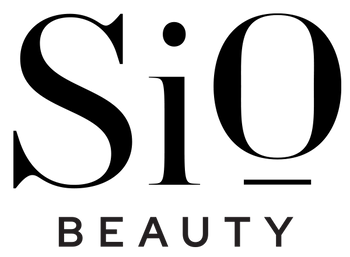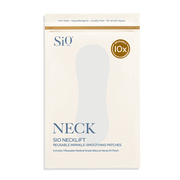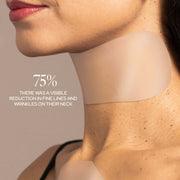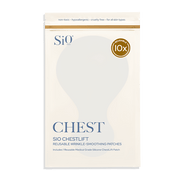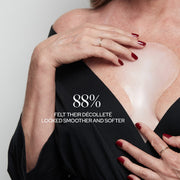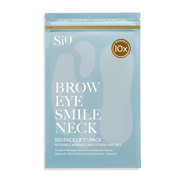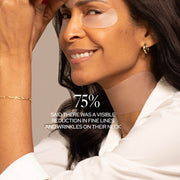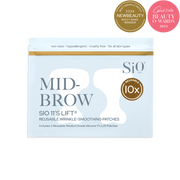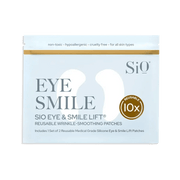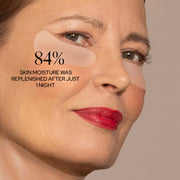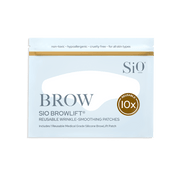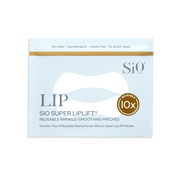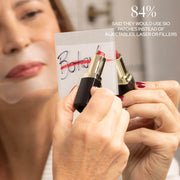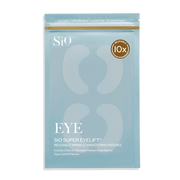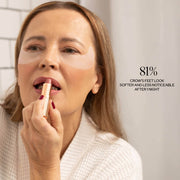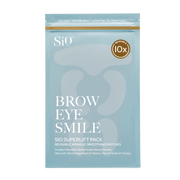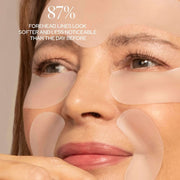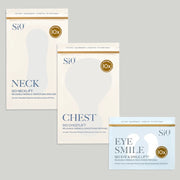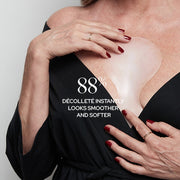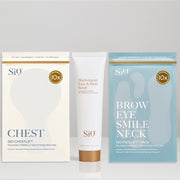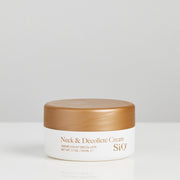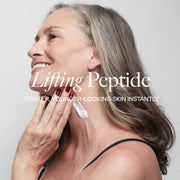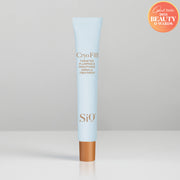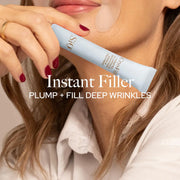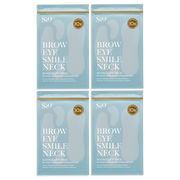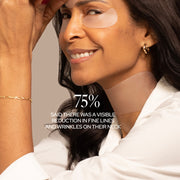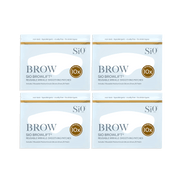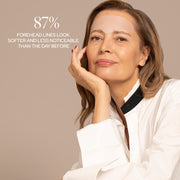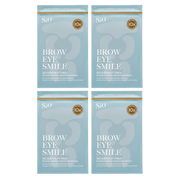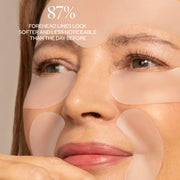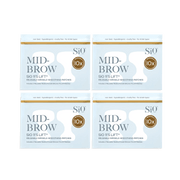Your Ultimate Guide to Sheet Masks: From Beginner to Expert

Originally published July 16, 2018, updated February 16, 2024.
Although sheet masks are a fun and effective way to tackle skin challenges, you’d be surprised how many people don’t use them properly. Sheet masks have become a ritualistic step in modern-day skincare routines, and for good reason. These potent little patches of pampering offer a concentrated dose of ingredients tailored to address specific concerns, leaving your skin refreshed, radiant, and revitalized.
The good news? Sheet masks are generally safe for all skin types (always do a patch test first!) and even dermatologists recommend them as a complementary part of a healthy skincare routine. In most cases, dermatologists find sheet masks are great to help calm irritated skin, provide hydration and deliver a variety of skin treatments directly to the skin.
However, using sheet masks for the first time can lead to a lot of questions, and we’ve got the answers. In this article, we will explore exactly what sheet masks are, how they help nourish your skin, and how to use them properly to maximize their amazing benefits.
The Basics of Sheet Masks
Sheet masks are skincare treatments in sheet form applied directly to the skin. They consist of a fabric sheet that delivers one or more active ingredients, with pre-cut eye and mouth holes for comfort. Sheet masks can be amazingly effective as they contain a higher concentration of active ingredients than you would find in most topical skin products. Bio cellulose mask fabrics provide superior dermal adhesion for a deeper, more efficient delivery of the ingredients, while active ingredients provide varied benefits.
How to Choose the Right Sheet Mask
As with all skincare products and treatments, you have to be very careful to choose a sheet mask designed for your specific skin type and concerns.
- Normal to dry skin: If you have normal to dry skin, look for hydrating masks designed to help plump and hydrate skin using ingredients such as hyaluronic acid and glycerin.
- Oily or combination skin: You might want to be more cautious with this skin type as overuse of sheet masks, even those designed for your skin type, can lead to acne flare-ups whether you are prone to acne or not. Also, many sheet masks in this category contain ingredients to fight acne and remove oil, which can aggravate your skin. If you want to experiment with sheet masks, we recommend looking for pore-clearing masks that help to balance your skin.
- Sensitive skin: Look for soothing, non-fragranced masks with ingredients like aloe, chamomile, allantoin, calendula, or green tea. Patch test your masks on a small area of your skin to look for possible reactions. Also, avoid harsh ingredients commonly found in anti-aging sheet masks. As a good rule of thumb, the fewer the ingredients, the better to reduce the risk of allergens.
- Uneven skin tones: Brightening masks are designed to reduce uneven skin tones using ingredients such as vitamin C and niacinamide. Another effective ingredient is licorice root extracts.
- Mature skin: Choose anti-aging masks containing ingredients such as retinol, peptides, or collagen to help combat the signs of aging, like fine lines and wrinkles.
What about acne-prone skin?
While masks can be incredible for many skin types, it's true that some can trigger flare-ups for acne-prone skin. But don't let that discourage you. With the right approach, you can still enjoy the pampering and targeted benefits of masks without the downsides.
- Temperature is key: Opt for masks that are cooling or refreshing, rather than warming. This helps avoid overheating and potentially worsening breakouts.
- Ingredients matter: Steer clear of masks containing pore-clogging ingredients like heavy oils, silicones, and fragrances. Look for masks formulated with non-comedogenic ingredients, meaning they won't clog your pores.
- Active ingredients are your allies: Ingredients like aloe vera for calming, charcoal for oil control, glycolic acid for gentle exfoliation, salicylic acid for acne prevention, and witch hazel for astringency can be great for acne-prone skin.
- Patch testing is your friend: Before applying any mask, always do a patch test on a small area of your skin, like your jawline. This way, you can check for any potential irritation before applying the mask to your entire face.
Keep your skin balanced with masks that hydrate, refine, and purify. Hydrating hyaluronic acid masks quench thirsty skin without clogging pores, while clay sheet masks like bentonite gently draw out excess oil and impurities. For a gentle exfoliation that prevents blocked pores, choose masks containing lactic acid or AHAs. Remember, consistency is key – incorporate these targeted masks into your regular routine for a clearer, calmer complexion that shines.
Using a Sheet Mask Like a Pro
Yes, there is a wrong way to use a sheet mask! Improper use or missing a crucial step can lead to skin issues or completely erase the mask's benefits. Follow these steps:
1. Cleanse Your Skin
Removing makeup, oil and dirt with gentle facial cleanser and warm water ensures there’s nothing that might block the ingredients from penetrating the skin. Pat your face dry to remove excess water and avoid rubbing, as it’s okay if your face is a little damp.
2. Apply Toner
Toner balances your skin’s pH level and helps open your pores to receive the ingredients in the sheet mask. Without toner, you can miss out on the lovely nutrients, so you won’t reap the full benefits of the mask.
3. Apply the Sheet Mask
Carefully remove the sheet mask from its wrapping and unfold it gently to avoid tearing the material. Place the sheet mask at the top of your forehead and work your way down making sure your eye holes are in the right position, the sheet mask is formed over the contours of your nose, and that the mouth hole is positioned properly. Finish at your chin and then gently smooth the mask out using an outward motion. Because they are one size fits all, you want to make sure they cling to as much of your skin’s surface as possible.
4. Wait 20 Minutes
Typically, masks have an optimal wear time of 20 minutes, providing plenty of time to relax, read, watch TV, meditate, or take a nice soak in the bathtub. Avoid going beyond the 20-minute mark, as this can allow the mask to start drying out. You want to remove it while it’s still moist to avoid irritation and discomfort when you try to peel the dry fabric from your skin. Ouch!
5. Stop! Don’t Wash Your Face!
Newbie mask users often think they have to remove the mask residue from their skin. However, it’s packed with nutrients that keep working after the mask is removed. If it feels “goopy,” you can pat the serum to help it absorb into your skin. Don’t rub the towel into your skin, as this will remove the excess.
6. Apply Serum, Eye Cream & Moisturizer
Once the mask is removed, complete your usual skincare routine and apply a bit more serum if it feels like you need it. Dabbing on a little eye cream and applying a layer of your favorite moisturizer helps keep all the vitamins and nutrients locked into your skin while they replenish your cells and make your skin glow.

Sheet Mask Tips and Tricks
If you’re still feeling a little iffy about using sheet masks properly, use our pro hacks to enhance your mask experience and see the best results.
- Cool the mask for sensitive skin: Although anyone can cool their masks to help them “chill” while the mask works its magic, it’s especially important for people with sensitive skin. Chilling helps soothe irritation for a more pleasing sensation.
- Lie down: Keep in mind the excess serum on the mask makes it pretty slippery, so sitting upright is not a good idea. The mask is likely to start sliding down your face and get a little messy. Instead, lie back and relax, and keep your head tilted back to maintain a close fit.
- Test patch: We always recommend people use a test patch to make sure there isn’t anything in the product that can cause an allergic reaction or skin irritation. Choose a less noticeable spot on your face, such as along the jawline close to the ear. Follow the instructions as you would for a full mask, and check the next day for blemishes or rashes. Clear skin is the all-clear to proceed with the full mask!
- Use sheet masks two to three times a week: Because sheet masks have such a high concentration of active ingredients, you only need to use them two to three times a week. It’s best to spread the days out and stick to the same routine each week.
- Tackling more than one skin issue: If you have more than one skin issue, you can choose different mask types to create your own customized mask regime. Just avoid using more than one mask a day.
Let’s Answer Some of the Frequently-asked Questions around Sheet Masks
When do I use a face mask in my skincare routine?
Evening applications are the best time for sheet masks following your cleansing and toning. Doing these two to three times a week is all it takes to maintain a healthier complexion.
Do I apply my sheet mask before or after skincare?
The optimal order is to apply your sheet mask after cleansing and toner, and before eye cream and moisturizer.
What is the correct step to wear a sheet mask?
Your mask is applied in step three of a six-step process, following cleansing and the application of your favorite toner.
Can I use a face mask every day?
Although you can, it usually isn’t necessary. Using a sheet mask two or three times a week is usually sufficient to see results. That said, each product is different, with some recommending use more often and others recommending using the mask less.
Sheet Mask Storage and Hygiene
Back in 2016, reports saying some sheet masks contain bacteria as they are produced in people’s homes caused a ruckus for mask lovers. However, today, most masks are vacuum sealed to preserve the ingredients, keep the mask moist and prevent bacteria. As a single-use product, hygiene is not a concern. However, to help preserve your sheet masks, you can keep them in a cool, dry, dark space. Avoid storing them in the bathroom, as humidity and heat can accelerate their shelf life by drying up the serum.
Sheet masks continue to grow in popularity as more people discover their healing, skin smoothing, and anti-aging properties. However, choosing the right mask for your skin type, applying them, following every single step properly, and including them as part of your skincare regime is the best way to optimize their performance.
